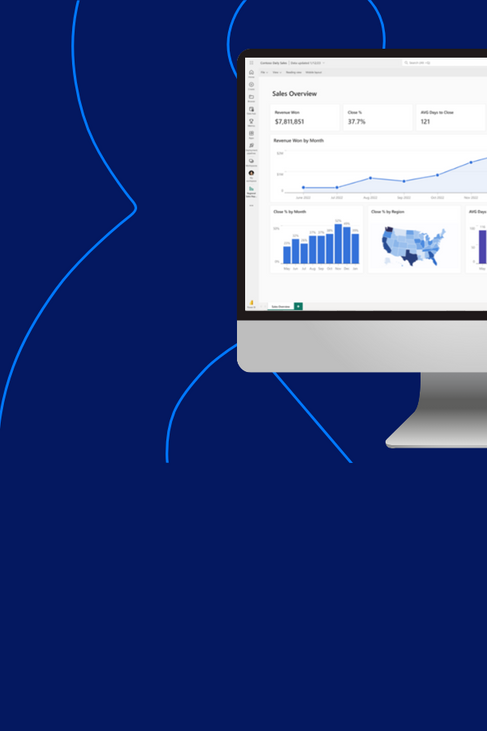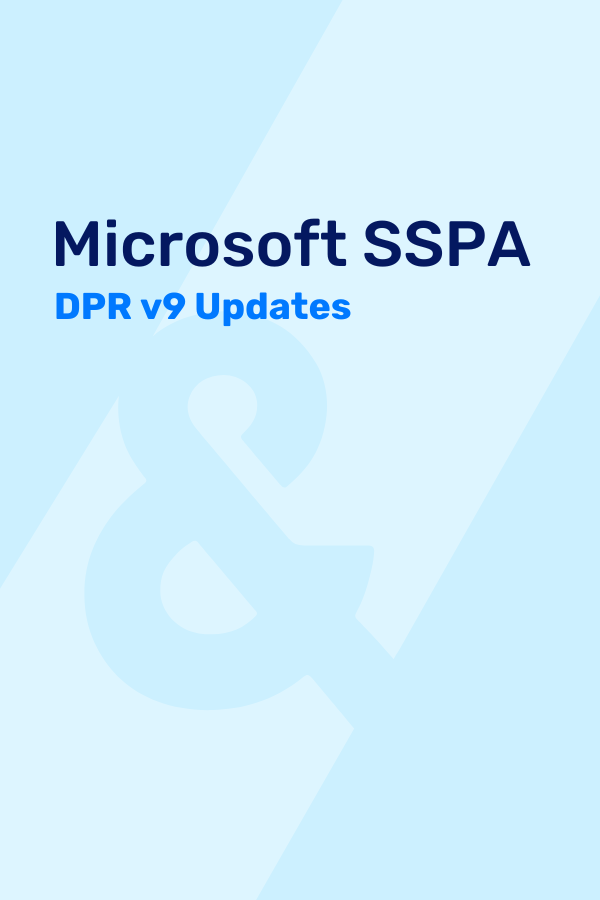Authored By Jim Wilhelm | Director, Tax
On August 16th, the Inflation Reduction Act of 2022 was signed into law, enacting several new environment-related tax credits that are of interest to individuals and small businesses. Along with new tax credits, the Act also extends and modifies some pre-existing credits.
Extension, Increase, and Modifications of the Nonbusiness Energy Property Credit
Before the enactment of the Act, you were allowed a personal tax credit for specified nonbusiness energy property expenditures. The credit previously applied only to property placed in service before January 1, 2022. Now you may take the credit for energy-efficient property placed in service before January 1, 2033.
Increased credit
The Act increases the credit for a tax year to an amount equal to 30% of the sum of both:
- The amount paid or incurred by you for qualified energy efficiency improvements installed during that year
- The amount of the residential energy property expenditures paid or incurred by you during that year
The credit is further increased by up to $150 for a home energy audit.
Annual limitation in lieu of lifetime limitation
The Act also repeals the $600 lifetime credit limitation, and instead limits the allowable credit to $1,200 per taxpayer per year. In addition, there are annual limits of:
- $600 for credits with respect to residential energy property expenditures, windows, and skylights
- $250 for any exterior door ($500 total for all exterior doors)
Notwithstanding these limitations, a $2,000 annual limit applies with respect to amounts paid or incurred for specified heat pumps, heat pump water heaters, and biomass stoves and boilers.
Extension and Modification of the Residential Clean-Energy Credit
Before the passing of the Act, you were allowed a personal tax credit, known as the residential energy efficient property (REEP) credit, for solar electric, solar hot water, fuel cell, small wind energy, geothermal heat pump, and biomass fuel property installed in homes in years before 2024.
The Act makes the credit available for qualified battery storage technology expenditures and for property installed in the years before 2035.
Extension, Increase, and Modifications of the New Energy Efficient Home Credit
Prior to the Inflation Reduction Act of 2022, a New Energy Efficient Home Credit (NEEHC) was available to eligible contractors for qualified new energy efficient homes acquired by a homeowner before Jan. 1, 2022. A home had to satisfy specified energy saving requirements to qualify for the credit and the credit amount was either $1,000 or $2,000, depending on which energy efficiency requirements the home satisfied.
With the Act, the credit is available for qualified new energy efficient homes acquired before January 1, 2033. The amount of the credit is increased, and can be $500, $1,000, $2,500, or $5,000, depending on which energy efficiency requirements the home satisfies and whether the construction of the home meets prevailing wage requirements.
New Clean-Vehicle Credit
Previously, you could claim a credit for each new qualified plug-in electric drive motor vehicle (NQPEDMV) placed in service during the tax year.
The Act, among other things, retitles the NQPEDMV credit as the Clean Vehicle Credit and eliminates the limitation on the number of vehicles eligible for the credit. One thing to note, final assembly of the vehicle must take place in North America.
No credit is allowed if the lesser of your modified adjusted gross income for the year of purchase or the preceding year exceeds:
- $300,000 for a joint return or surviving spouse
- $225,000 for a head of household
- $150,000 for others
In addition, no credit is allowed if the manufacturer’s suggested retail price for the vehicle is more than $55,000 ($80,000 for pickups, vans, or SUVs).
Finally, the way the credit is calculated is changing. The rules are complicated, but they place more emphasis on where the battery components (and critical minerals used in the battery) are sourced.
Credit for Previously Owned Clean Vehicles
A qualified buyer who acquires and places in service a previously owned clean vehicle after 2022 is allowed an income tax credit equal to the lesser of $4,000 or 30% of the vehicle’s sale price. The maximum price per vehicle is $25,000. No credit is allowed if the lesser of your modified adjusted gross income for the year of purchase or the preceding year exceeds:
- $150,000 for a joint return or surviving spouse
- $112,500 for a head of household
- $75,000 for others
New Credit for Qualified Commercial Clean Vehicles
There is a new qualified commercial clean-vehicle credit for qualified vehicles acquired and placed in service after December 31, 2022.
The credit per vehicle is the lesser of either:
- 15% of the vehicle’s basis (30% for vehicles not powered by a gasoline or diesel engine)
- The “incremental cost” of the vehicle over the cost of a comparable vehicle powered solely by a gasoline or diesel engine.
The maximum credit per vehicle is $7,500 for vehicles with gross vehicle weight ratings of less than 14,000 pounds, or $40,000 for heavier vehicles.
Increase in Qualified Small Business Payroll Tax Credit for Increasing Research Activities
Under pre-Inflation Reduction Act law, a “qualified small business” (QSB) with qualifying research expenses could elect to claim up to $250,000 of its credit for increasing research activities as a payroll tax credit against the employer’s share of Social Security tax.
Due to concerns that some small businesses may not have a large enough income tax liability to take advantage of the research credit, for tax years beginning after December 31, 2022, QSBs may apply an additional $250,000 in qualifying research expenses as a payroll tax credit against the employer share of Medicare. The credit can’t exceed the payroll tax imposed for any calendar quarter, with unused amounts of the credit carried forward.
Extension of Incentives for Biodiesel, Renewable Diesel and Alternative Fuels
Under pre-Act law, you could claim a credit for sales and use of biodiesel and renewable diesel that you use in your trade or business or is sold at retail and placed in the fuel tank of the buyer for such use and sales on or before December 31, 2022. Now you are permitted to claim a credit for sales and use of biodiesel and renewable diesel fuel, biodiesel fuel mixtures, alternative fuel, and alternative fuel mixtures on or before December 31, 2024.
You’re also now allowed to claim a refund of excise tax for use of:
- Biodiesel fuel mixtures for a purpose other than for which they were sold or for resale of such mixtures on or before December 31, 2024
- Alternative fuel as that used in a motor vehicle or motorboat or as aviation fuel, for a purpose other than for which they were sold or for resale of such alternative fuel mixtures on or before December 31, 2024.
If you have questions on any of the above tax credits or would like to speak with a team member, please contact us today.





